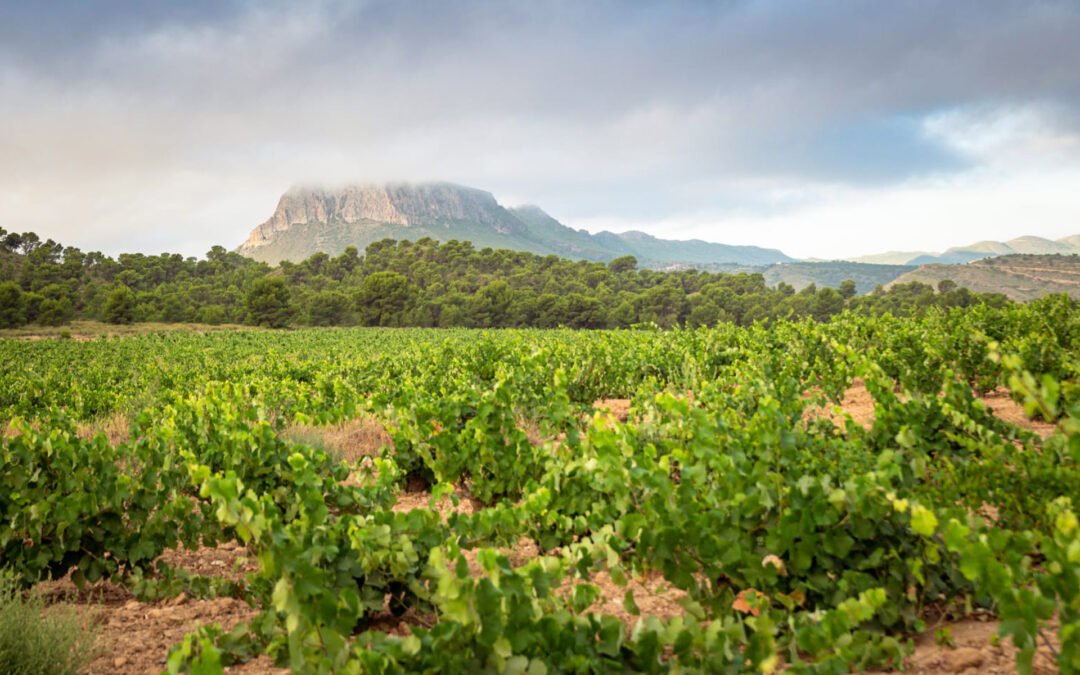Driving around Jumilla, a rugged wine region wedged between Spain’s Mediterranean coast and the plains of La Mancha, it is impossible to avoid passing the Castillo de Jumilla—an enduring landmark of Jumilla’s storied past.
The castle comes into view when entering or leaving the region’s namesake town, regardless of which direction you are driving or which route you take. When my husband and I visited last summer, we joked we were like goldfish in a bowl swimming past the castle every time we passed but continually stunned by its presence, as if noticing it for the first time.

If Jumilla literally exists in the shadow of the castle, it figuratively exists in its own shadow as the producer of inexpensive bulk wines as well as the shadow of more famous wine regions to the north. Here the main grape is Monastrell, a rich, juicy red variety which fans of wines from the Rhône Valley will recognize as Mourvèdre and our Australian friends may know better as Mataro. With a winemaking history stretching back 5,000 years, as evidenced by archeological finds including the oldest vitis vinifera seeds found in Europe; the highest percentage of organic vineyards of any region in the world; and a signature grape variety that produces wines brimming with both power and finesse, you would think that Jumilla would have an easy time making its way in the modern wine world.
When my husband and I ducked out of our coastal town near Malaga to visit Jumilla last summer, our local Spanish friends were incredulous about our plans. They couldn’t understand why we weren’t visiting a more storied appellation, one where the trademark grape is Tempranillo and hotels and wineries are designed with the international tourist trade in mind. What our friends didn’t realize is that while most other regions in Spain sell 60% of their wines internally and 40% to the rest of the world, most of Jumilla’s palate- and wallet friendly wines—a whopping 70%—are sold into the export market. And although the majority of its 47,000 acres of vineyards are home to rustic-looking bush vines, many of Jumilla’s producers are firmly planted in the 21st century with an eye on the future. That said, past and present sit comfortably side by side and contradictions abound.


